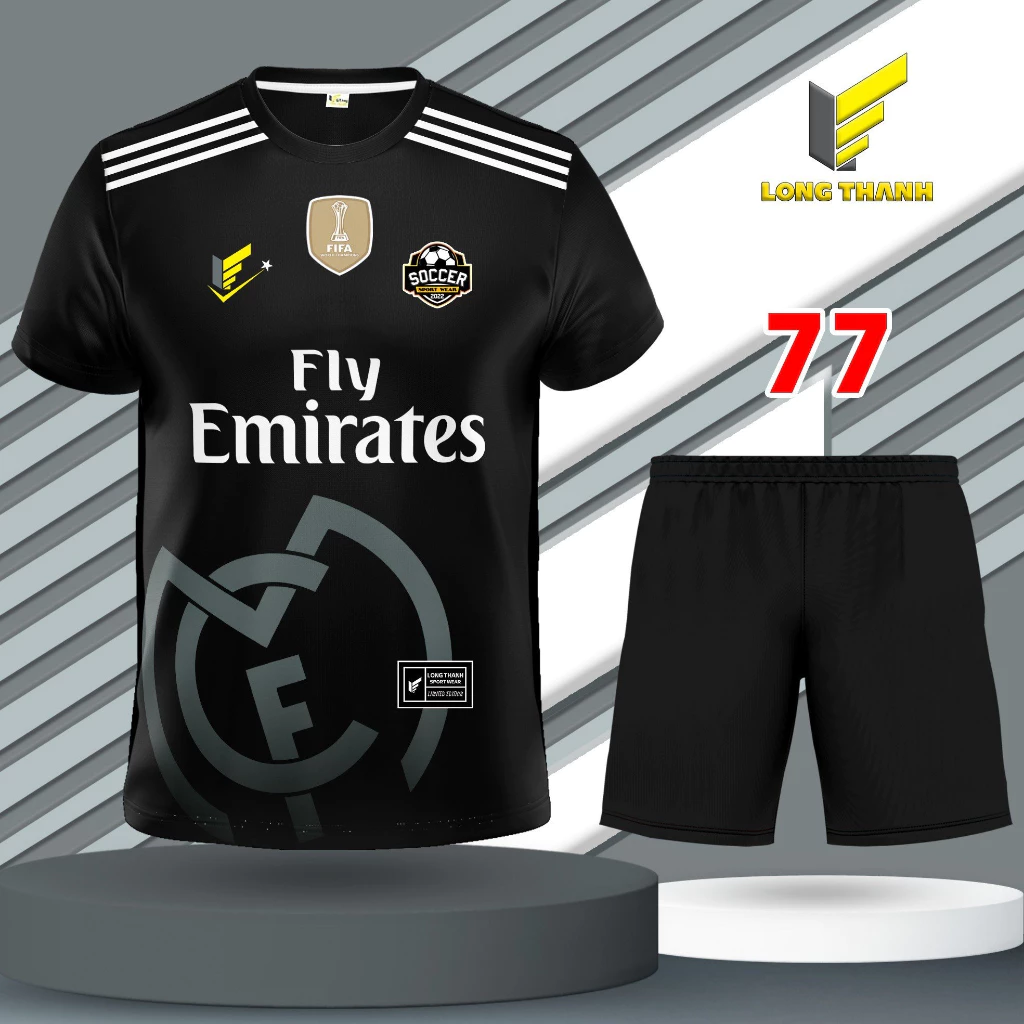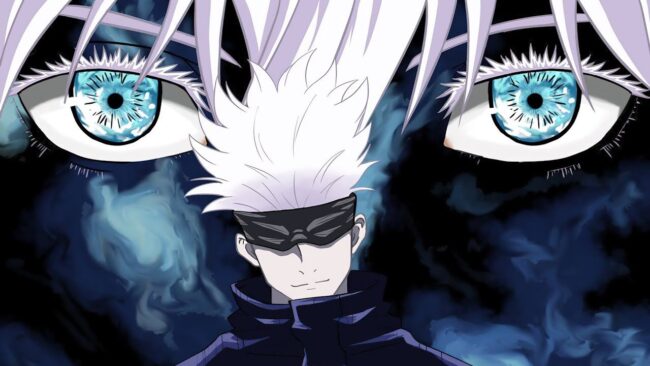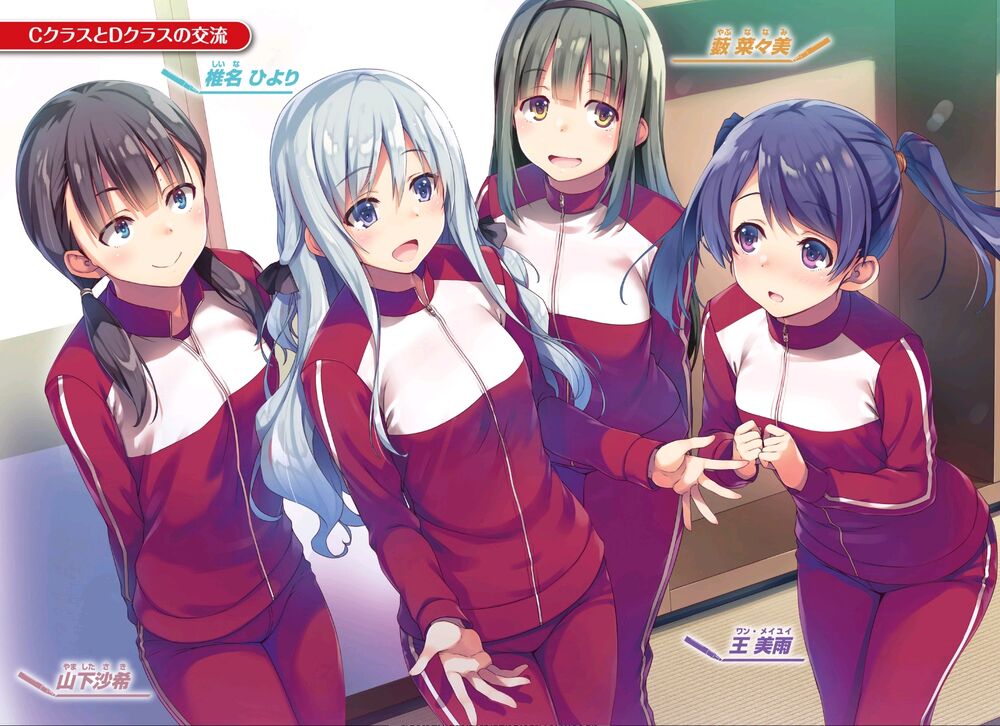0 SearchResultsFor : Tổng_thống_Tây_Ban_Nha
0 địa điểm search_results_for: Tổng_thống_Tây_Ban_Nha
Wiki --> Tổng_thống_Tây_Ban_Nha
Premium Component
Có thể bạn thích
Có thể bạn thích
 GIẢM
44%
GIẢM
44%
33.000 ₫
59.000 ₫
 GIẢM
20%
GIẢM
20%
143.200 ₫
179.000 ₫
 GIẢM
-50%
GIẢM
-50%
736.000 ₫
492.000 ₫
 GIẢM
17%
GIẢM
17%
50.000 ₫
60.000 ₫




